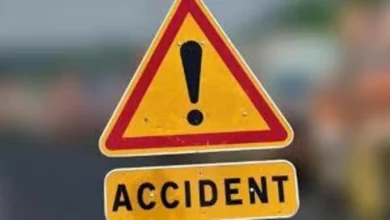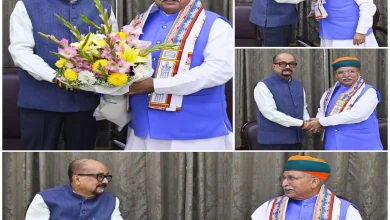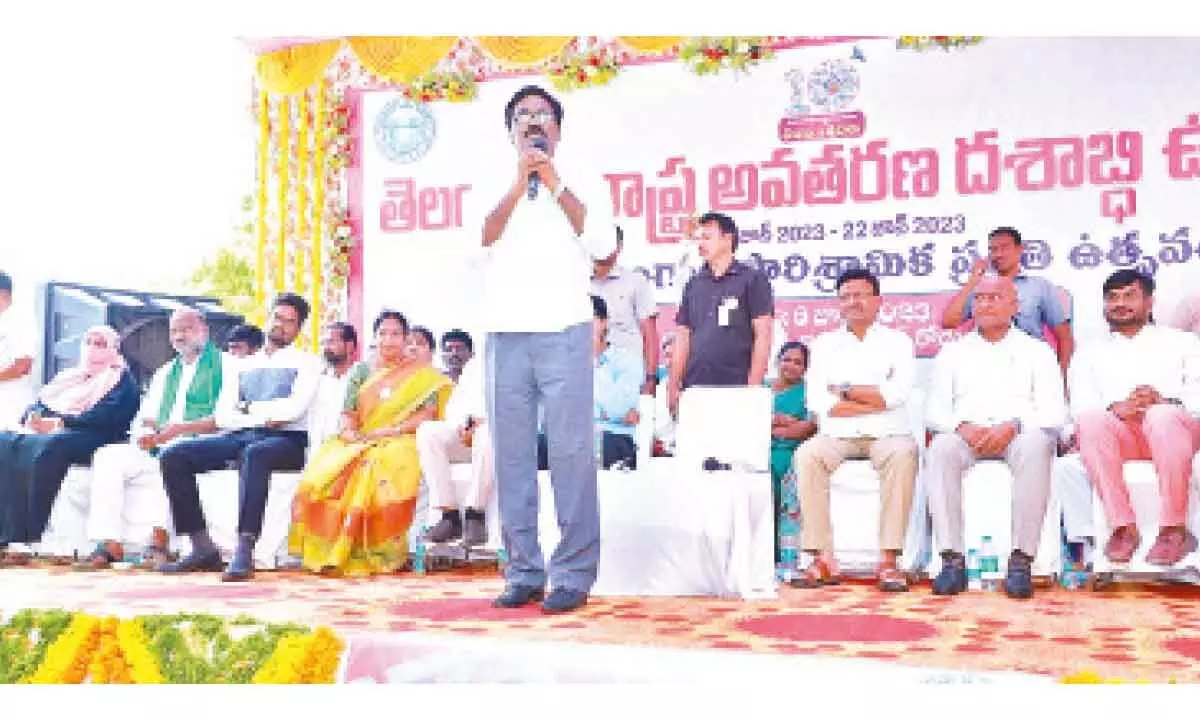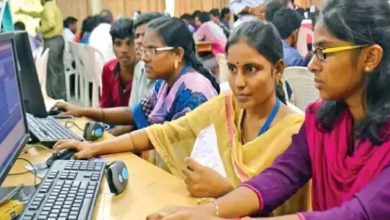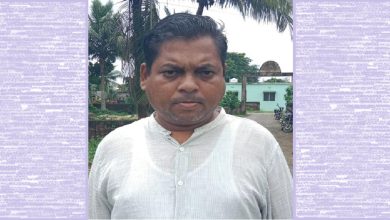Punjab: Amid crackdown on male drug smugglers, women are coming forward in illegal trade

Punjab: It is hard to tell the truth without statistics. In Gurdaspur Central Jail, 95 of the total 106 women inmates have Narcotic Drugs and Psychotropic Substances (NDPS) cases registered against them. In a Ludhiana jail, more than 90 per cent of the nearly 270 women inmates have drug-related charges. “Almost all women lodged in Punjab jails these days have drug charges against them,” a senior jail official revealed. These statistics are alarming. But they are also true. It is a clear indication that more and more women, especially in rural Punjab, are getting involved in this lucrative drug trade. Most of these women have moved on from smuggling alcohol to selling heroin, which gives them a dual advantage. They earn good profits and are easy to smuggle. Then there are those whose families have been involved in this trade for generations. For a variety of reasons, it is difficult for them to free themselves from this “family business”. Physical violence, breakdown of family structure, extremely low levels of education in rural areas and women often turning to drug abuse to satisfy their cravings are other reasons. About a decade ago, in the drug-ridden Dida Sansian village of Gurdaspur, the village women would park an autorickshaw on the outskirts of the settlement. Whenever a police jeep approached, it would play the song “Watan ki aabroo khatre mein hai”.
This was a signal for others to hide their contraband, lock their houses and flee. Women were often asked to make “puris” (small paper packets used to distribute white powder) from home. In this way, women were helping their men, but only superficially. Passive participation of women is now outdated. Drug enforcement officials say there has been a change in gender roles in this underground economy. Women are no longer confined to making “puris”. Many women are now running their own business, from supplying and distributing drugs to hiring young men for roadside retail trade. Several Dida Sansiya villages have come up across Punjab. The government’s flagship programme “Yuddh Nasha Viruddh” has virtually shut the doors on male traffickers. Women have stepped in to fill the vacuum. After all, nature abhors emptiness. “For many women, it starts with their own drug use. In this way, they gradually get sucked into the informal drug street economy,” says Romesh Mahajan, project director of the Gurdaspur Red Cross De-addiction Centre. They are also less visible. “The more visible a woman drug dealer is, the more at risk she is. In fact, we face the dual threat of suspicion from the police and threats from men already operating in the drug world,” said a woman trafficker. “With the expansion of illicit markets and the growing demand-supply disconnect, the number of women involved in drug trafficking has increased in the last decade. Moreover, there is a lot of money in circulation. Once caught in the trade, it is difficult to get out of it,” says Sheila, a veteran of the trade. There are countless examples of how financial constraints often mix with criminal temptations. The most high-profile arrest in recent times was that of former Congress MLA Satkar Kaur. She was caught red-handed by the police in Mohali. The case of Instagram celebrity, “Thar wali constable” Amandeep Kaur proved to be just a small matter. The police identified several women smugglers based on information provided by her. In Punjab, officials say the role of female “mules” (carriers) is also on the rise. An officer said, “The increasing number of women carrying heroin in urban areas and opium in rural areas is worrisome. They don’t even know what they are carrying, how much quantity and at what price. All they know is how much money they will get.” These women have added a new dimension to Punjab’s drug story. They have opened a new front in the campaign against drugs for the state. The police know this and now it is time for them to act. The battle against drug trafficking has been lost across the world. Hopefully Punjab will change this trend. Until it is done, it always seems impossible.

